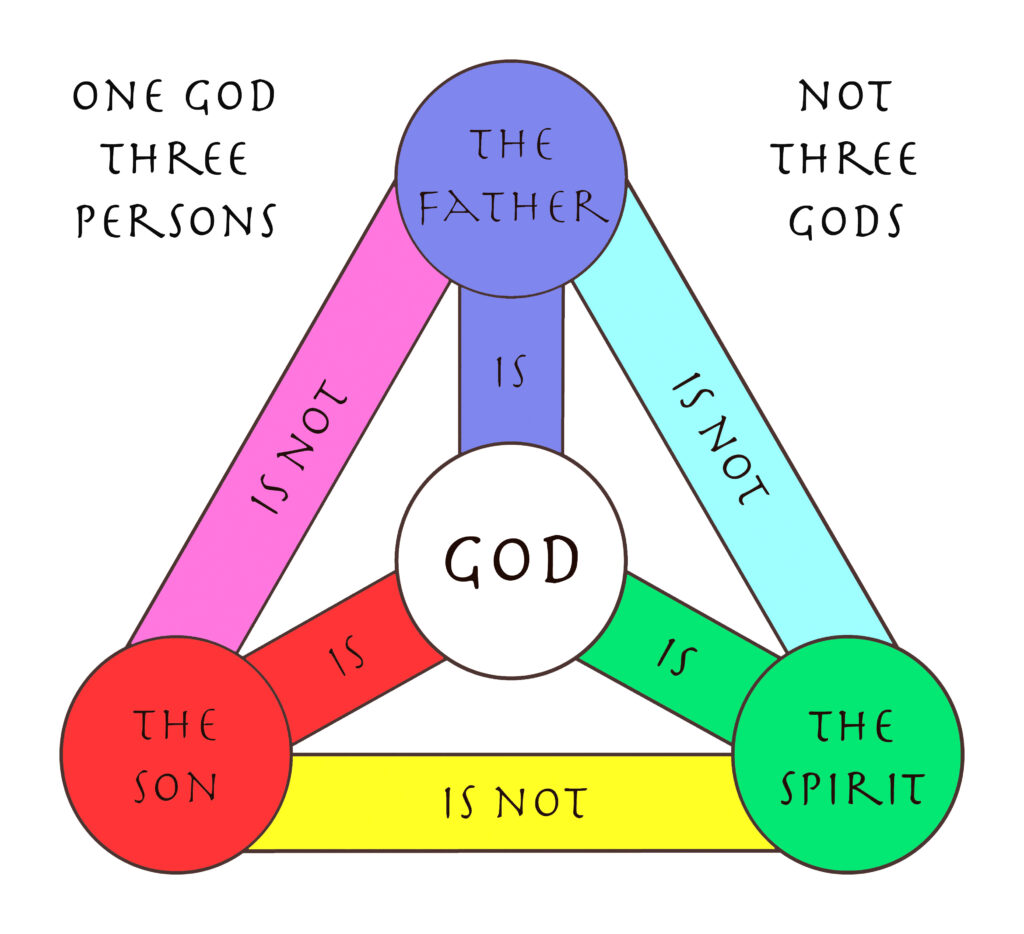
Recommended to read Part 1 before this article.
Recommended to read Part 2 before this article
- Properties of the Nature of the Trinity and Distinctions in the Divine Essence
The distinction of creatures derives from the distinction of the persons, for each creature has an origin and source like the person of the Father, a specific function like the person of the Son, and a unique life that does not change like the person of the Holy Spirit. Birds, plants, animals, and humans each exist within the bounds of their nature, color, and course of life. Humans excel not only in life, as in animals but also in thought. Therefore, human life grows and changes, progressing upwards to the incarnate Son. The distinction of rational life from non-rational life reflects the distinction of the Holy Spirit’s person, who revealed Himself in non-rational creation—waters, tongues of fire, and the cloud on Mount Tabor. The distinction of life from life is derived from the distinction of the persons, as the Trinity is the origin of distinction and its cause in creation. The distinction of non-rational beings from rational beings ensures the continuity of life on earth. If plants and animals had the ability to speak, they would destroy humanity and deprive it of food. But the existence of each being results from the limits of nature set by the Holy Spirit. Creation is a complex unity of rational and non-rational beings—a unity of education and discipline from God’s providence. Man learns the truth about himself and the creation around him, thus drawing near to God and realizing His greatness. Humanity does not grow without the complex unity. The unity of essence in the Trinity, however, is a simple, pure unity without composition. It is not a collection of natures,” (Antonius, 2000).
Bishop Bishoy mentioned Athanasius’ statement: “We must not imagine there are three separate essences in God as there are in human nature, lest we become like pagans with many gods. But as the river flowing from the spring does not separate from it, though there are two visible and named things, and as the Father is not the Son, and the Son is not the Father—the Father is the Father of the Son, and the Son is the Son of the Father—as the spring is not the river, and the river is not the spring. Likewise, the divinity of the Father flows into the Son without division or separation. For the Lord Christ says, ‘I came forth from the Father and have come’ (John 16:28), yet He is always with the Father and in the bosom of the Father, and the bosom of the Father is never devoid of the Son in His divinity. All essential properties, such as wisdom, truth, intellect, and life, are shared by all the persons in essence. The Father is truth, the Son is truth, and the Holy Spirit is truth. As for personhood, the Father is the truth-giver, the source of truth; the Son is the truth, and the Holy Spirit is the Spirit of truth,” (Bishop Bishoy), explaining the Trinity as one God in one essence with three persons.
“The Alexandrian reaffirmed the absence of mixing, confusion, or identity among the persons of the Trinity, but rather complete distinction. The Father is not the Son, and the Son is not the Father. He said, ‘Indeed, the Father is in the Son, and the Son is in the Father, but they are not identical nor one in number, for the Father exists with His property and the Son with His property. This is the only difference between the Father and the One who came from Him, for the Father exists by Himself and is not the Son, and the Son exists by Himself and is not the Father,’ (Alexandria, 2011).
The Persons of the Trinity Are Not Parts in God
The Father is not a part of the divine essence, nor is the Son a second part, nor the Holy Spirit a third part of the divine essence. The Father is the entire divine essence with the property of fatherhood, the Son is the entire and same divine essence with the property of sonship, and the Holy Spirit is the entire and same divine essence with the property of procession. The divine essence is simple, indivisible, and uncomposed,” (Helmy, 2013).
